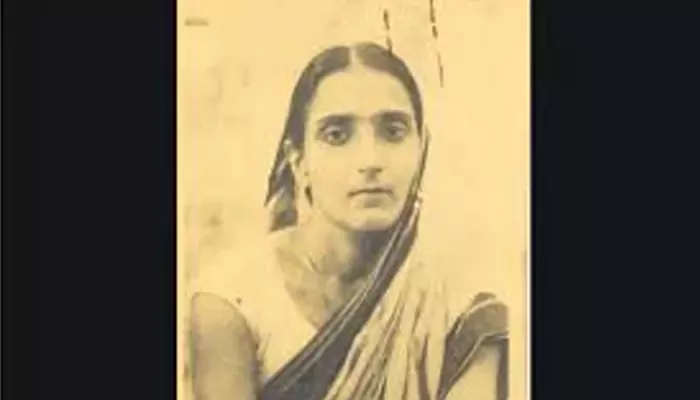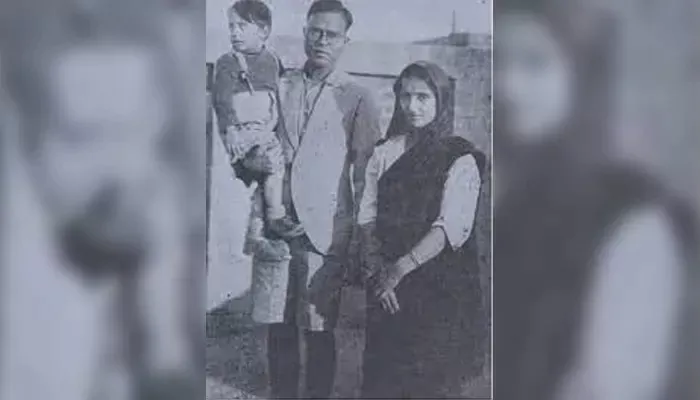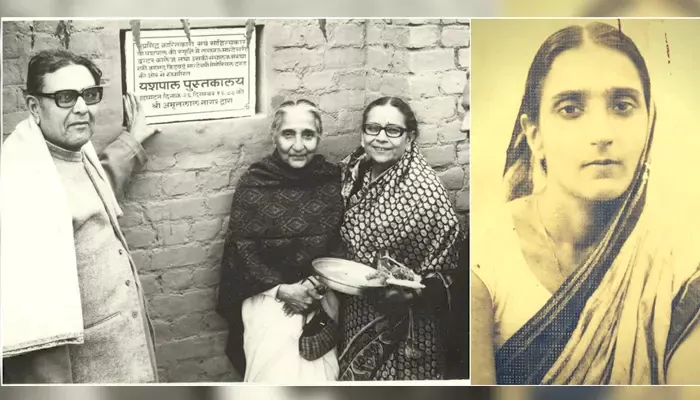
Durgavati Devi, fearless and armed, shielded legends and left no trace
When we talk of India’s freedom movement, we often picture the bold Bhagat Singh, the fiery Chandrashekhar Azad, or the resolute Subhas Bose. But behind one of the most daring escapes in revolutionary history stood a woman—quiet, fearless, and armed. Her name was Durgavati Devi, known to her comrades as Durga Bhabhi. She didn’t just support the cause—she became its invisible force.
Born in Allahabad in 1907, Durga’s childhood was shaped by early loss and hardship. But she was raised with purpose. Married at just eleven to revolutionary Bhagwati Charan Vohra, she stepped into politics not as a companion, but as an equal.
After Bhagat Singh and his associates killed British officer John Saunders in Lahore in 1928—mistaking him for James Scott, the officer who ordered the lathi charge on Lala Lajpat Rai—the city was crawling with British police. The revolutionaries had to flee.
Durga Devi didn’t hesitate. With a toddler in her arms and Bhagat Singh disguised as her husband, she boarded a train from Lahore to Calcutta. Another comrade, Rajguru, played the servant. It was a brilliant plan. The British were scanning for suspicious young men, not family women with children. The trio passed all checks.
That journey was more than just a getaway. It was a moment of transformation. The iconic photo of Bhagat Singh in a hat, taken during this phase, helped hide his earlier identity with turban and beard.

Durga Devi was no passive player in the freedom struggle. In 1930, after her husband died in a bomb test gone wrong, she picked up the torch. Quite literally. She walked into a British police officer’s car in Lamington Road, Bombay, pulled out a revolver, and fired. Her target survived, but her message was loud: women would no longer stay behind curtains.
She was arrested and spent three years in prison. Even behind bars, she refused to give up names or compromise the cause.
Durga’s marriage to Bhagwati Charan Vohra wasn’t just about companionship. It was a union of ideology. Together, they were deeply involved in the Hindustan Socialist Republican Association (HSRA). She carried documents, moved arms, and smuggled leaflets. Her home became a safe house for many revolutionaries.
When funds dried up, she sold her jewellery. When morale dipped, she raised it. And when the time came to plead for Bhagat Singh’s life, she was there too—signing petitions, organising protests, and keeping the movement alive.
After independence, the gun went silent—but Durga did not. She settled in Lucknow and opened a school for underprivileged children. She never sought fame or political power. She didn’t write memoirs or give interviews. Her silence was her statement.
In 1999, she passed away in Ghaziabad, just shy of her 93rd birthday. Few newspapers wrote about her. Few remembered.

Durgavati Devi’s story matters not because she helped a hero escape, but because she was one herself. In an age when women weren’t allowed to vote, she held a gun. While society dictated silence, she roared. While others waited for change, she became it.
She wasn’t just the woman beside Bhagat Singh—she was the reason he lived to do more. And yet, her name remains in footnotes.
In cinema and books, Durga Devi rarely appears. But every time we talk about Bhagat Singh’s courage, her shadow is there, calm, composed, holding a child in one hand and the future of the movement in the other.
History remembers those who shout. It’s time we also remember those who whispered but changed everything.